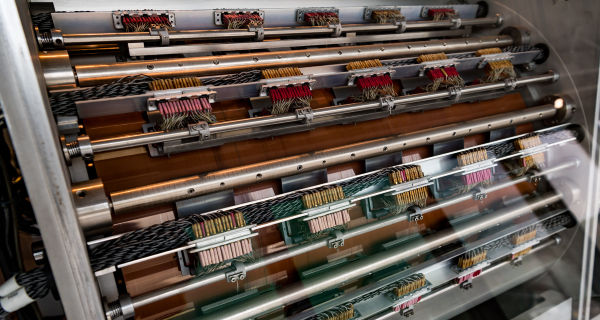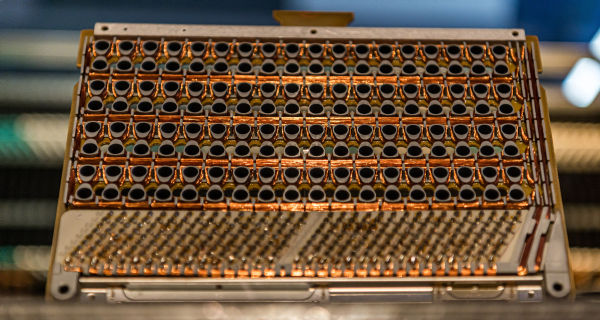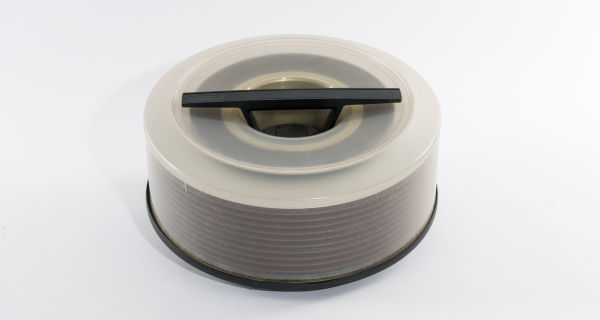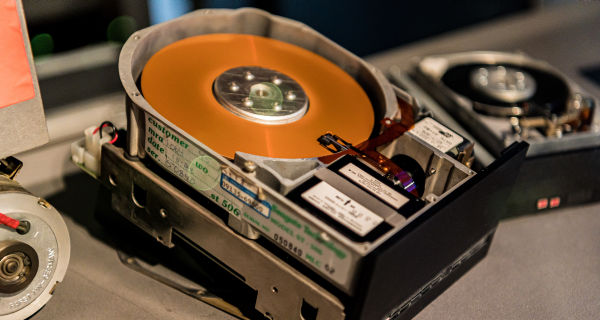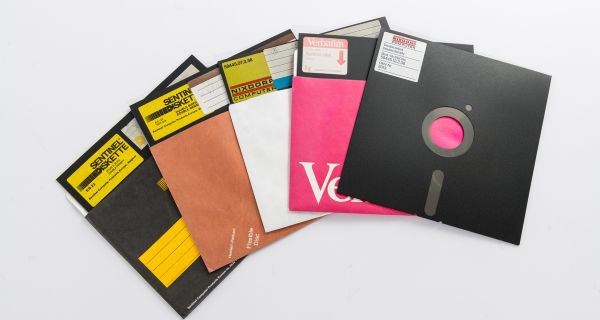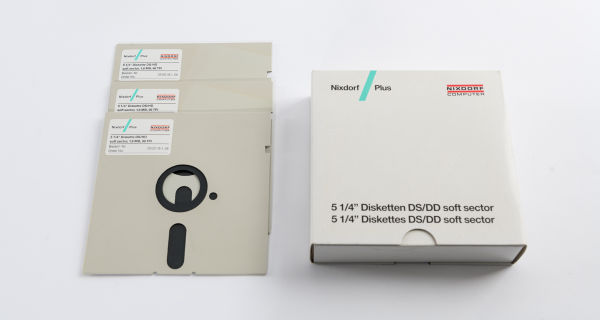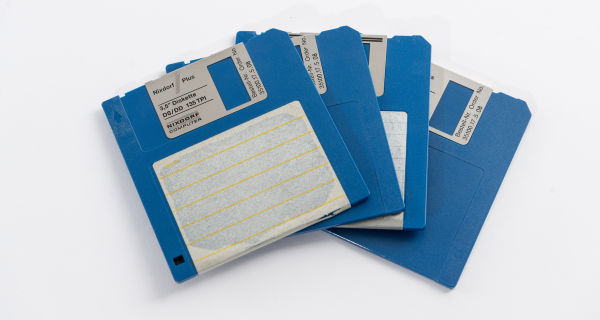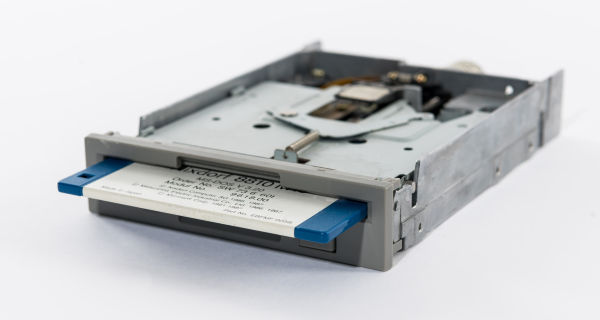At an early juncture, computer pioneers recognized that a working computer could be built from three components - processor, control unit and memory. The control unit and a fast processor could be implemented in vacuum-tube technology without great difficulty. However, computers only became powerful when the processor had access - at its own operating speed - to a sufficiently large, freely addressable memory.
At the beginning of the 1950s, all data storage techniques that were available at the time were subjected to testing. Cathode ray tubes and mercury delay line storage were the fastest media at the end of the 1940s. However, they were technically complicated and unsatisfactory in terms of data reliability.
Not until the magnetic core memory was invented did computers have enough storage capacity to process data beyond simple manipulation of numbers. Programs to translate programs into machine language, compilers for high-level programming languages, and flow control programs could now be implemented "close to the processor".
Hard disk and virtual memory
When hard disks and the principle of virtual memory were introduced, the address space that was available to processors extended into the gigabyte range. This gave rise to the term "storage pyramid", which has been adopted in the design of this section of the exhibition. All storage media, from fast cache memories on processor chips to punched cards in cabinet drawers, are arranged in the storage pyramid according to capacity and access time.
External media have always made use of standard audio and video technologies. For example, magnetic tapes for storing data are derived from magnetophones, and the Quarter Inch Cassette (QIC) and data backup cassettes are derived from video recorders or DAT tapes. Using the same storage principle as the audio CD, the CD-ROM has advanced to become a low-cost data carrier for distributing software and computer games. Digital Video (or Versatile) Disk (DVD) with several gigabytes of capacity is a logical further development of CDs.

